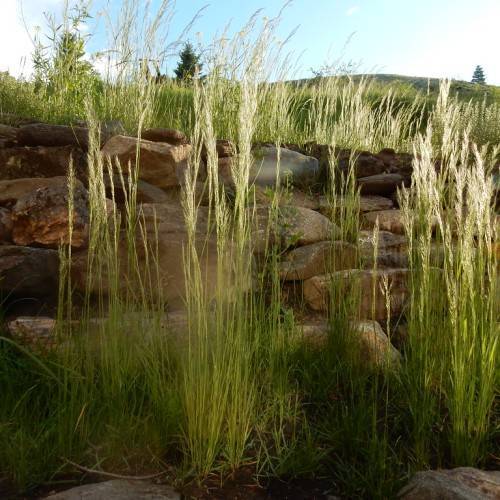
Dense Silky Bentgrass
Apera interrupta
Watering:
Minimal
Hardiness Zone:
Flowers:
Flowers
Sun:
full sun,part shade
Fruits:
Fruits Ready In Fall
Growth Rate:
Low
Poisonous To Humans:
Yes
Poisonous To Pets:
Yes
Drought Tolerant:
Yes
Salt Tolerant:
Yes
Care Level:
Medium
watering
Mountain Death Camas (Anticlea elegans) should be watered deeply and infrequently. The soil should be watered until it is saturated when the soil begins to dry out. The best time to water is early morning. This will allow any excess water to evaporate during the day, so the plant can still have enough moisture for the night. Depending on the growing conditions, Mountain Death Camas plants should be watered approximately once a week to 3 times a month.
sunlight
Mountain Death Camas (Anticlea elegans) typically prefers full sunlight for 6 to 8 hours per day. The ideal range of daily light exposure is between 50 and 90 percent sunshine. If placed in a shady area with partial sunlight, the plant will need at least 4 hours of direct sunlight each day to develop properly. Mountain Death Camas should be exposed to direct sunlight for about 8 hours during the summer season and about 6 hours during cooler days. It should be kept in mind that stronger sunlight may cause the flower to wilt and burn, so caution should be exercised in exposing the plant to full sunlight.
pruning
Mountain Death Camas (Anticlea elegans) plants should be pruned in the fall or early winter to remove spent flower stalks and any dead or damaged foliage. When pruning, aim for an overall even, rounded shape to the plant. Remove any dead or damaged branches or stems, as well as any crossing branches. Pruning should be light and focused on removing only the minimal amount of branches to shape the plant. Avoid over-pruning this species as it is a slow grower and may take many years to recover from intense removal of branches.
